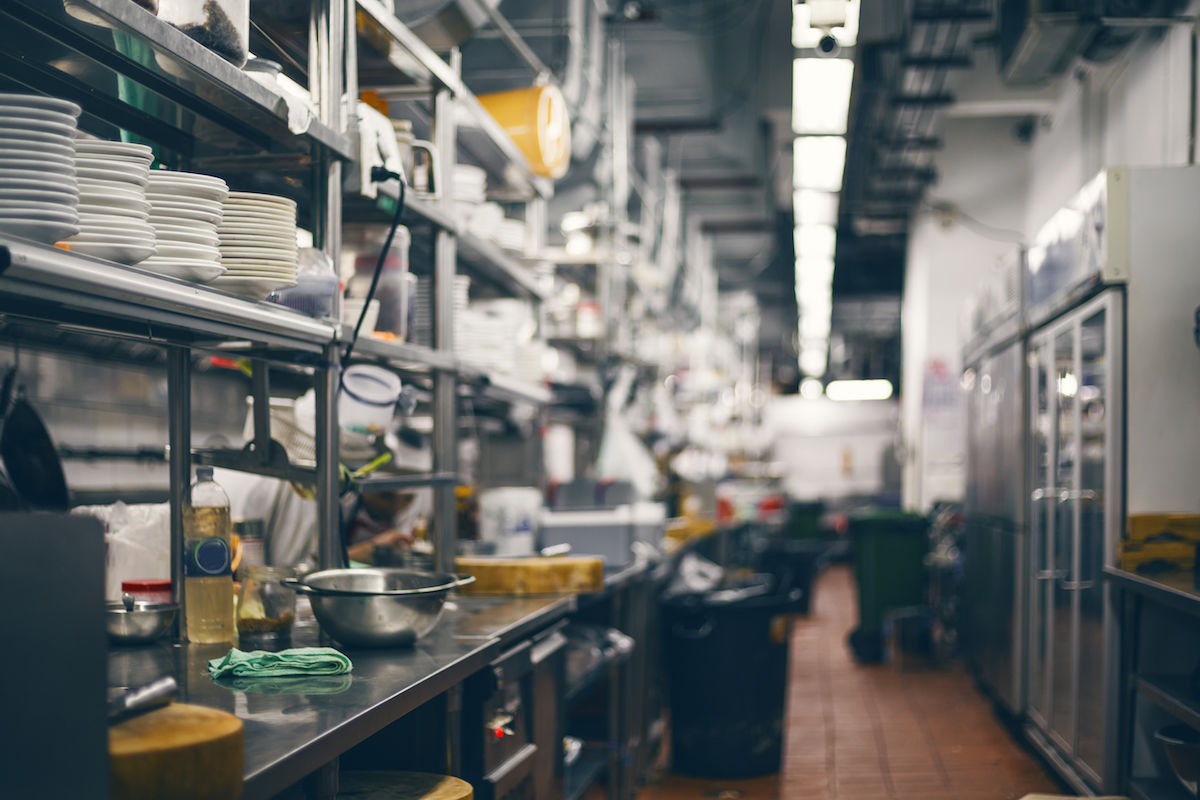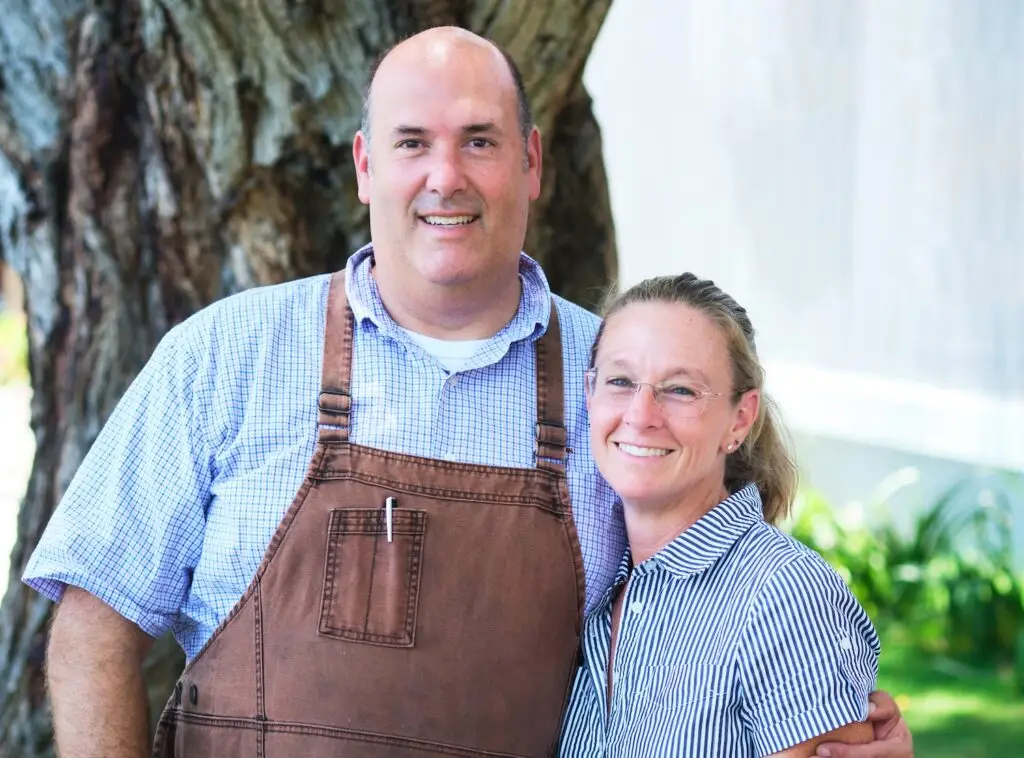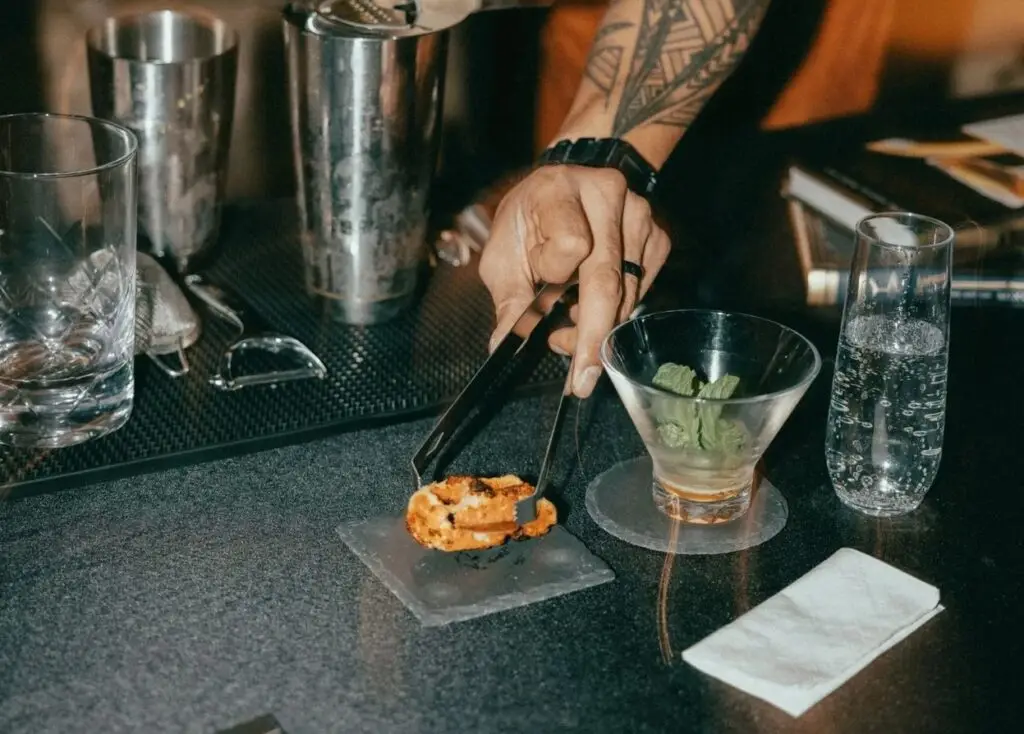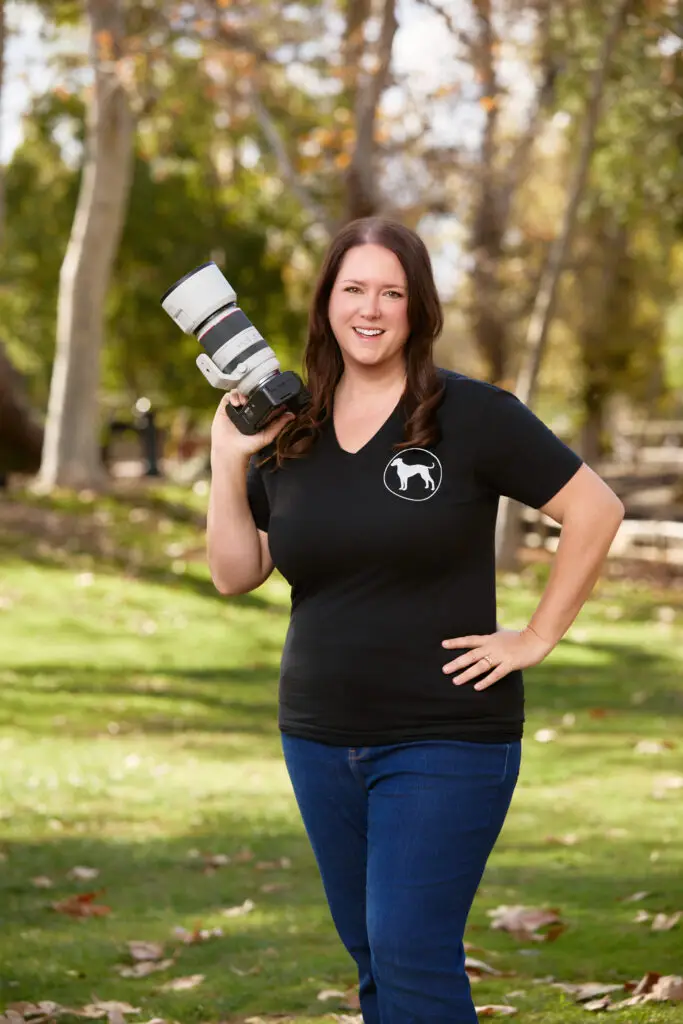NOTE FROM TROY: This was posted when most experts were saying it was reasonably safe for healthy people to dine out and help local businesses. Since that time, obviously, the situation has changed and become more dire. The U.S. disease chief Dr. Anthony Fauci has suggested temporarily closing all restaurants and bars. Governor Gavin Newsom has suggested restaurants only offer to-go food, and San Diego County has mandated all restaurants restrict service to to-go or delivery until March 31. I’ll continue to update the situation and relay stories on how we can help our food/drink community.
From now until it’s no longer needed, which dear god let’s pray is soon, I’m dedicating The Feed to stories of how COVID-19 is affecting the people of San Diego’s restaurant and food/drink industry. If you have a story to tell, please reach out.
Update: San Diego Restaurants have been directed to implement take-out-only service.
The COVID pandemic is brutalizing every industry. Every industry has their experts, and I trust them to tell their stories. For the last 12 years, I’ve told the stories of the people in the food and drink world. I’ve seen a lot. And right now is by far the worst of it. Restaurants are getting slaughtered. Many report business is down between 20-80 percent. Over the coming weeks, maybe longer, I’ll be relaying their firsthand accounts from the pandemic.
I spent last night until 1 a.m. reading over 100 pages of the latest research on restaurants and health experts’ advice regarding dining out. It’s important to note that I am not an epidemiologist or a health journalist. I’m a food writer. What I’m good at is studying mounds of research and boiling it down to the most essential information that, ideally, helps people learn a thing. Because you’re probably going to be busy with other things for a while (like your kids, who’ve been dismissed from school for the next few weeks).
Why are restaurants getting hit so hard? The same thing that makes restaurants magical—that they provide an inspiring space to gather, feast, and commune, where people become friends, friends become business partners or lovers, and a vast majority of major life milestones are celebrated and toasted—makes them especially vulnerable. Their entire purpose is social connection, and the entire world has now been told to “socially distance.”
Small, independent restaurants need our help the most. I’m not against chain restaurants. But right now—if you have the means—pick a couple independently owned places to support. Most chain restaurants have the financial means to weather the economic fallout of COVID (some independently-owned franchises are an exception). Most bistros you love do not. Neither does that pizza joint. That smoothie shop. That local market. That butcher shop.
What’s crushing them further is that restaurant profit margins have always been notoriously low. The way they make money is through the high markup on alcohol sales. And where’s the most crowded place in a restaurant, increasing the risk of transmitting coronavirus? The place anyone who’s concerned at all is avoiding? The elbow-to-elbow bar.
This is not just about restaurant owners. This is about dishwashers, cooks, servers, bussers, hosts, bartenders. A ton of low-wage earners depend on restaurants’ survival.
What can you do? First and foremost, I need to say this. If you’re someone who falls in the high-risk zone—over 60 years old, or someone with an underlying health condition—the research pretty definitively says you should not be riding the bus, taking in a concert, or dining out right now. Not worth it. Stay home, learn to cook, or order food to-go from your favorite local restaurants. Many of them are offering curbside pickup. You can even get them to pair a bottle of wine to go with the meal.
For the rest of us, it’s a tough one. We’re trying to balance two things here—preventing the spread of a global pandemic, while also preventing economic ruin for our neighborhood restaurants and the untold number of locals employed by them.
Is it safe to eat out? The biggest thing I took away from the research is this: At this point, scientists have not found any evidence that coronavirus is transmitted through food. The thing to avoid is tight crowds and sick people, not restaurants. Most experts agree if you’re healthy, eat at a restaurant where they’re not “packing them in” (New York just mandated all restaurants with seating for under 500 people reduce their capacity by half), and take necessary precautions—wash your hands before eating, avoid or wipe down highly touched common surfaces (door handle, table, menu, condiments, salt and pepper shakers, credit card book and pen, payment kiosk), don’t touch your face, and wash your hands after your meal—your risk is relatively low. The risk is higher at concerts, theaters, public transportation, etc.
Remember, very few industries are as prepared for the coronavirus as the restaurant industry is. They’ve been under constant scrutiny from public health agencies for decades. Pathogen control has always been a primary job requirement of restaurant workers. They’re not perfect, by any means, and some of them are downright negligent. But at the ones that do it right, their kitchens are far more hygienic than your own. You know which ones do it right. Go to those.
Avoid buffets for now (restaurants should stop the self-serve option altogether for a while). Visit restaurants during off-hours when there’s less of a crowd. Apply liberal hand sanitizer at cash-only restaurants (currency can carry viruses, and coins are far worse than dollar bills).
Even then, you may be hesitant. Understandable, and zero shame. If so, and you still want to support your favorite local place, order something to-go (with alcohol, if available). Buy a gift certificate from them for later use. If possible, try not to use app-based delivery like Postmates or Uber Eats. Those services make restaurants pay a pretty hefty charge, up to 30 percent (GrubHub has temporarily waived those fees). It’s important to get as much money directly to your favorite local restaurant owners without a broker taking a cut. Many restaurants have started delivering on their own. Or use their curbside pickup service.
Not all of this falls on the diner. Restaurants need to make their own changes—increasing sanitization, reducing commonly touched items, increasing space in their dining rooms to reach that “six foot radius” health professionals say is a safe distance, offering easier to-go services and delivery, issuing hand sanitizer with each meal, etc. Many of them have already started doing these things. After all, their restaurants are their livelihoods. If they’re not sanitized and safe, their livelihoods are in danger.
Bottom line is: If you’re a healthy person who washes your hands and can avoid touching your face during a meal, the research suggests there’s no reason to avoid restaurants that aren’t over-crowded. This is all changing minute to minute. But for now, it looks like we can support local restaurants without putting our at-risk people at more risk.
In my next post, I’ll summarize the rest of the major insights I learned in my research. And if you have any stories about local food and drink operations and their efforts, please reach out.

Restaurants COVID
PARTNER CONTENT
Courtesy of Shutterstock.com


















